Industrial washing / Articles
5 key trends from Anuga 2024
We were at Anuga, one of the major fairs in the food sector worldwide. Discover the 5 main trends that will shape the upcoming years.

 6 minutes of reading
6 minutes of reading
2024-05-07 09:52:41
Automation, robotics, or lab-grown foods were just some of the topics on the table at Anuga, one of the greatest fairs in the food sector. Here are the main innovations that all companies in the field should watch in the near future.
1. Automation e robotics
From automated packaging and labeling systems to collaborative robots that optimize production and logistics processes, there are few doubts that automation and robotics will continue to be a trend and focus of innovation in the sector. This year, Anuga was home to a wide range innovative solutions that free human resources from repetitive tasks such as visual food inspection, expiration date control, warehouse picking, and labeling to ensure greater food quality and safety.
How to prepare your company:
Identify critical processes: Examine areas where time and human resources are most consumed and where human error is most likely, such as packaging, industrial washing, labeling, and visual inspection.
Evaluate return on investment: Select technologies to implement in points where the financial return on investment is most significant, ensuring that improvements bring tangible benefits in efficiency and cost reduction.
Implement step by step improvements: Adopt an approach of gradual improvements, allowing for continuous adjustments and assessments. This minimizes financial and operational risks while facilitating adaptation to new technologies before bigger financial commitments.
2. Cellular agriculture
Cellular agriculture is one of the main trends at the moment – and a highlight of this year’s Anuga due to its revolutionary approach to laboratory food production. Instead of cultivating plants or raising animals, cellular agriculture relies on biotechnology to produce meat, dairy, eggs, and other food products without the need to raise or slaughter animals.
Cells are harvested from an animal and then cultivated in a controlled environment, where they receive the necessary nutrients and stimuli to multiply and form muscle tissue. The end result remarkably resembles conventional meat, both in taste, texture, and even nutritional value. The difference lies in how food is produced: more sustainably and ethically, with a lower environmental impact, and without harming animals. This technology is still in its early stages, but it is already considered one of the most promising for the future of food production.
How to prepare your company:
Look into food regulations: Understand the current legislation and regulatory requirements for food through cellular agriculture production in your target market to ensure compliance and avoid legal setbacks.
Establish strategic partnerships: Collaborate with research and development institutions to access technological advancements and biotechnology expertise, essential for optimizing cell cultivation and ensuring the viability of large-scale production.
Educate the market: Develop marketing initiatives to inform consumers about the benefits of lab-grown meat, such as sustainability, ethics, and nutritional equivalence to traditional meat, in order to build acceptance and demand in the market.
3. Sustainable automation for vertical farming
This was one of the most impressive highlights at Anuga. Controlled-environment agriculture to produce food in an efficient vertical space. Conditions are monitored 24 hours a day to ensure plants have the ideal environment.
How to prepare your company:
Maximize vertical space: Make the most of vertical dimensions in enclosed structures to create dense and efficient cultivation systems that optimize food production in urban areas or limited spaces.
Monitor conditions constantly: Use sensors and automated control systems to monitor cultivation conditions 24/7, ensuring that plants receive the ideal light, humidity, and nutrients for growth.
Prioritize resource efficiency: Focus on technologies that reduce water and nutrient consumption and promote resource recirculation to create a truly sustainable food production system.
4. Food safety
The concern for food safety continues to evolve rapidly. From real-time tracking and monitoring systems to innovative preservation and packaging methods, new solutions are under way to ensure the integrity of food at every stage of the chain.
How to prepare your company:
Implement traceability systems: Deploy real-time tracking and monitoring solutions to follow the “food journey” from origin to consumer, ensuring transparency and traceability.
Adopt advanced preservation methods: Invest in preservation and packaging technologies to extend the food shelf life while maintaining its quality and safety.
5. Smart industry
Digital transformation is redefining production processes and industrial washing. Take the MultiWasher, a high-performance industrial washing machine developed by Somengil. It is a good example of how technology can improve hygiene and food safety, thanks to the SmartWash concept. This machine features advanced competencies that deliver deeper cleaning results in less time, with lower resource consumption and minimal human intervention.
How to prepare your company:
Update washing processes: Choose cutting-edge industrial washing machines like MultiWasher to ensure high standards of hygiene and safety.
Reduce resource consumption: Invest in technologies that enable water and energy savings in processes that consume these resources the most to contribute to sustainability and reduce operational costs.
Minimize human intervention: Integrate automated systems to minimize human intervention, increasing efficiency and allowing workers to focus on tasks of higher value.
Sign up for a free webinar or contact our team for a demonstration and improve your operational efficiency.
About Anuga
Anuga is one of the greatest trade fairs in the world dedicated to the food and beverage sector, held in Cologne, Germany. In 2024, the event took place from March 19th to 22nd, featuring 7,900 stands and 140,000 visitors from 200 countries.

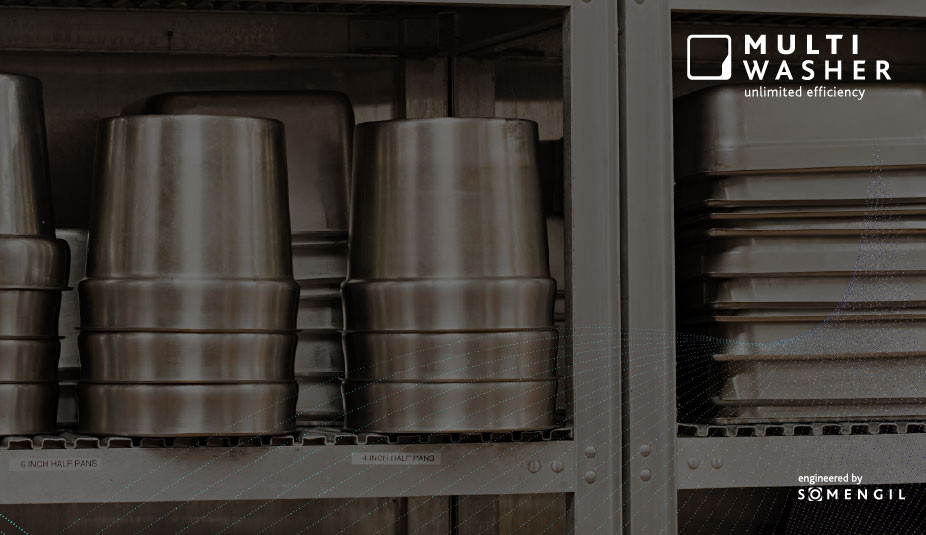

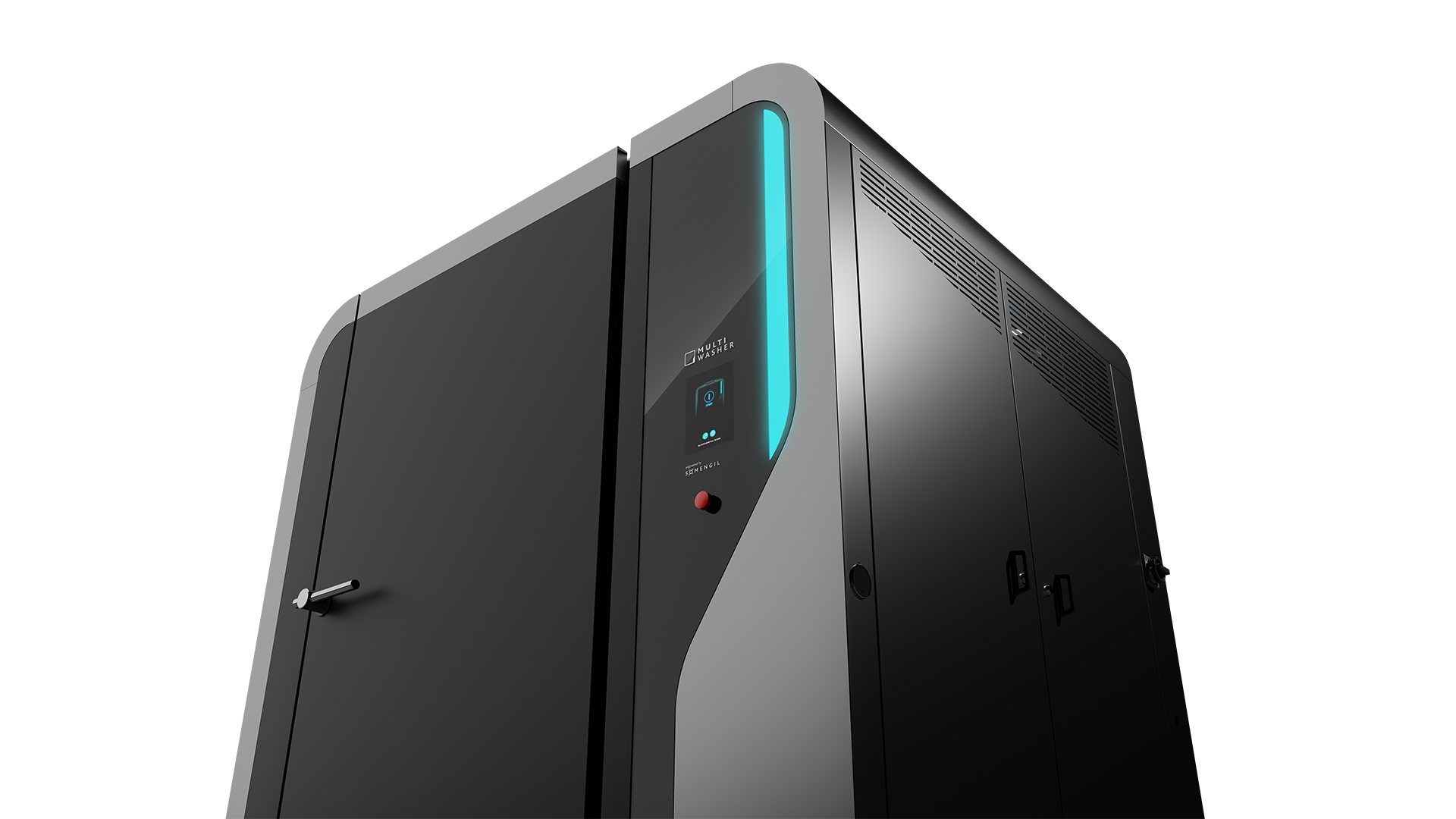
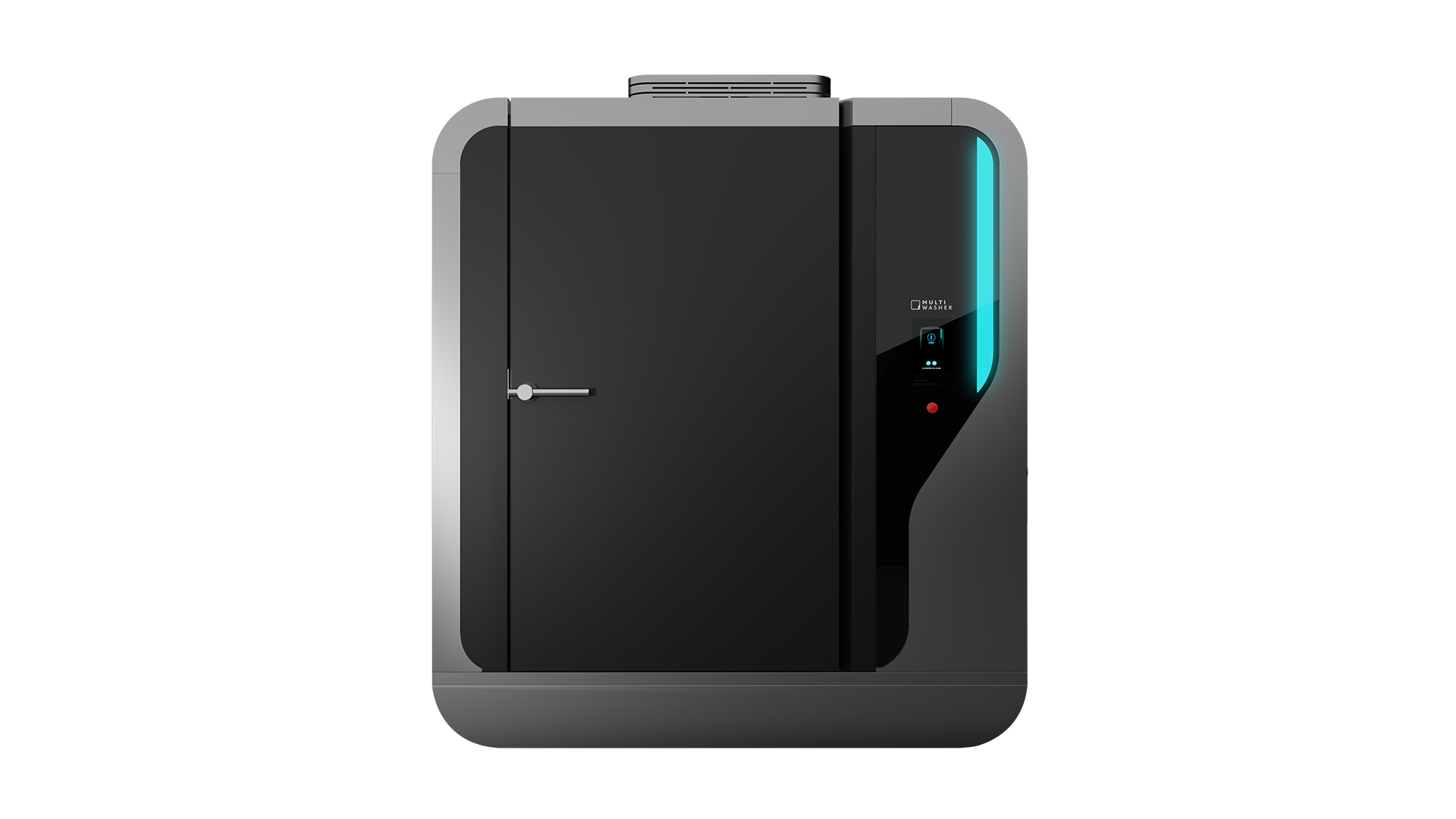
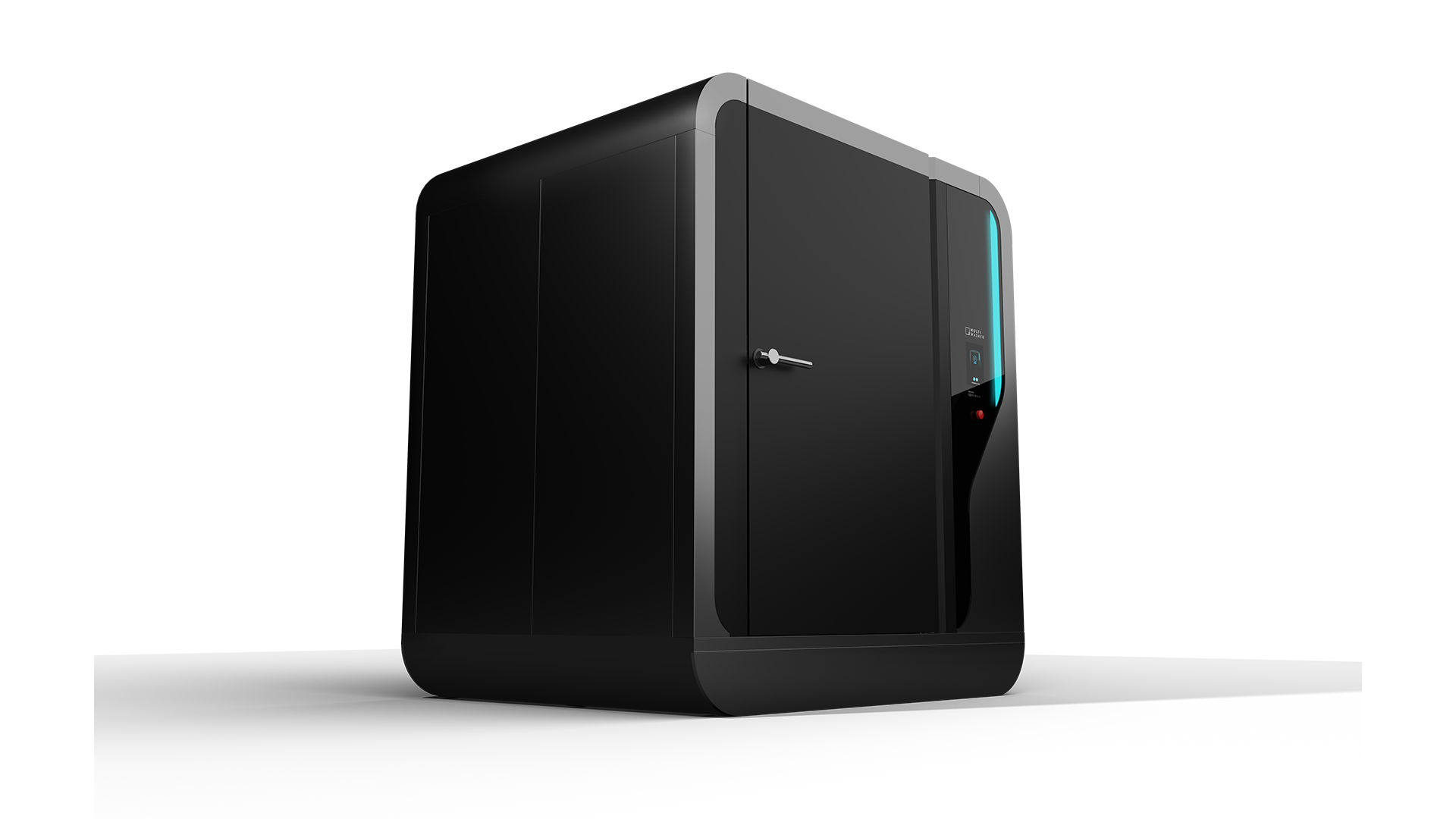
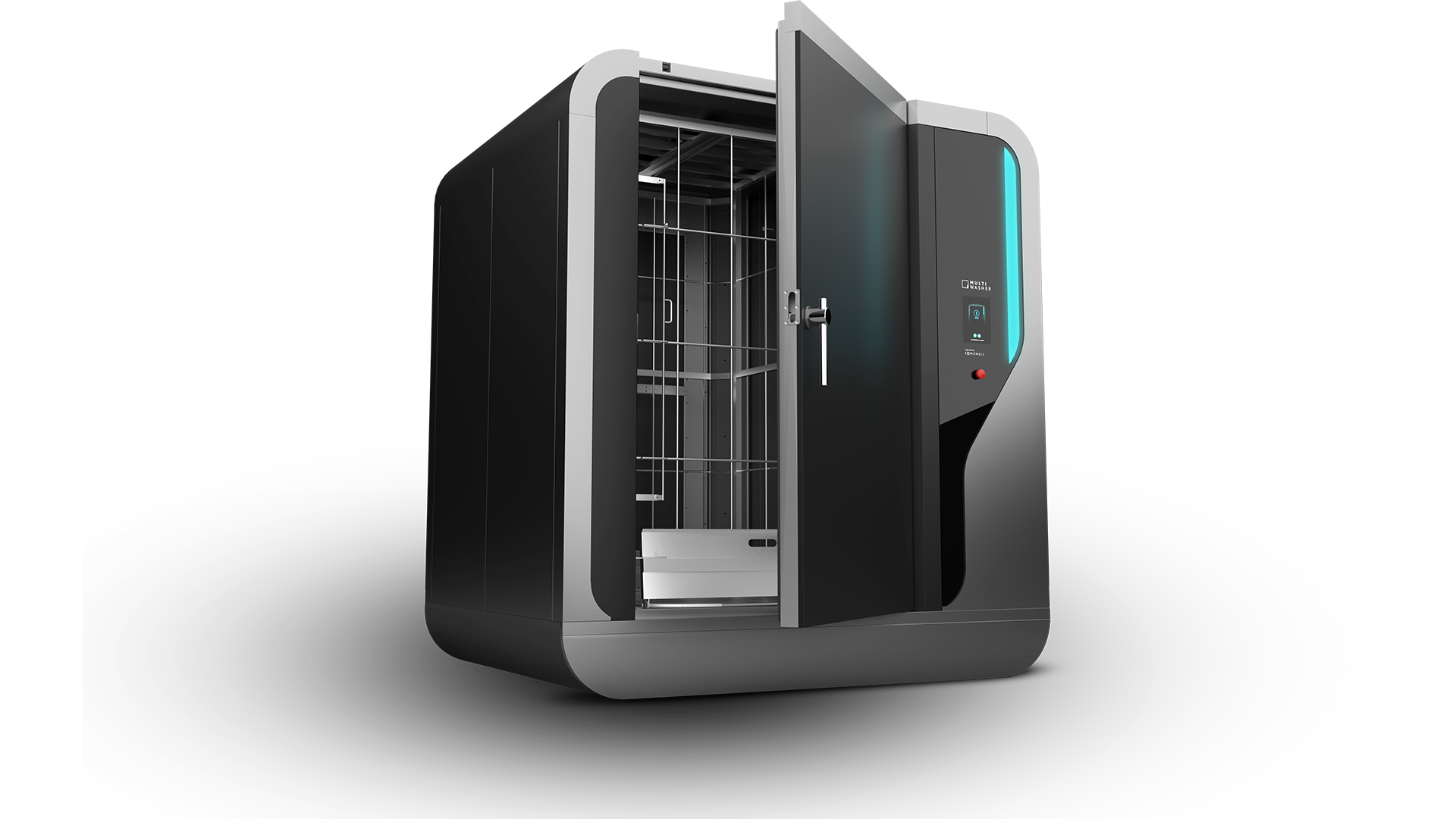
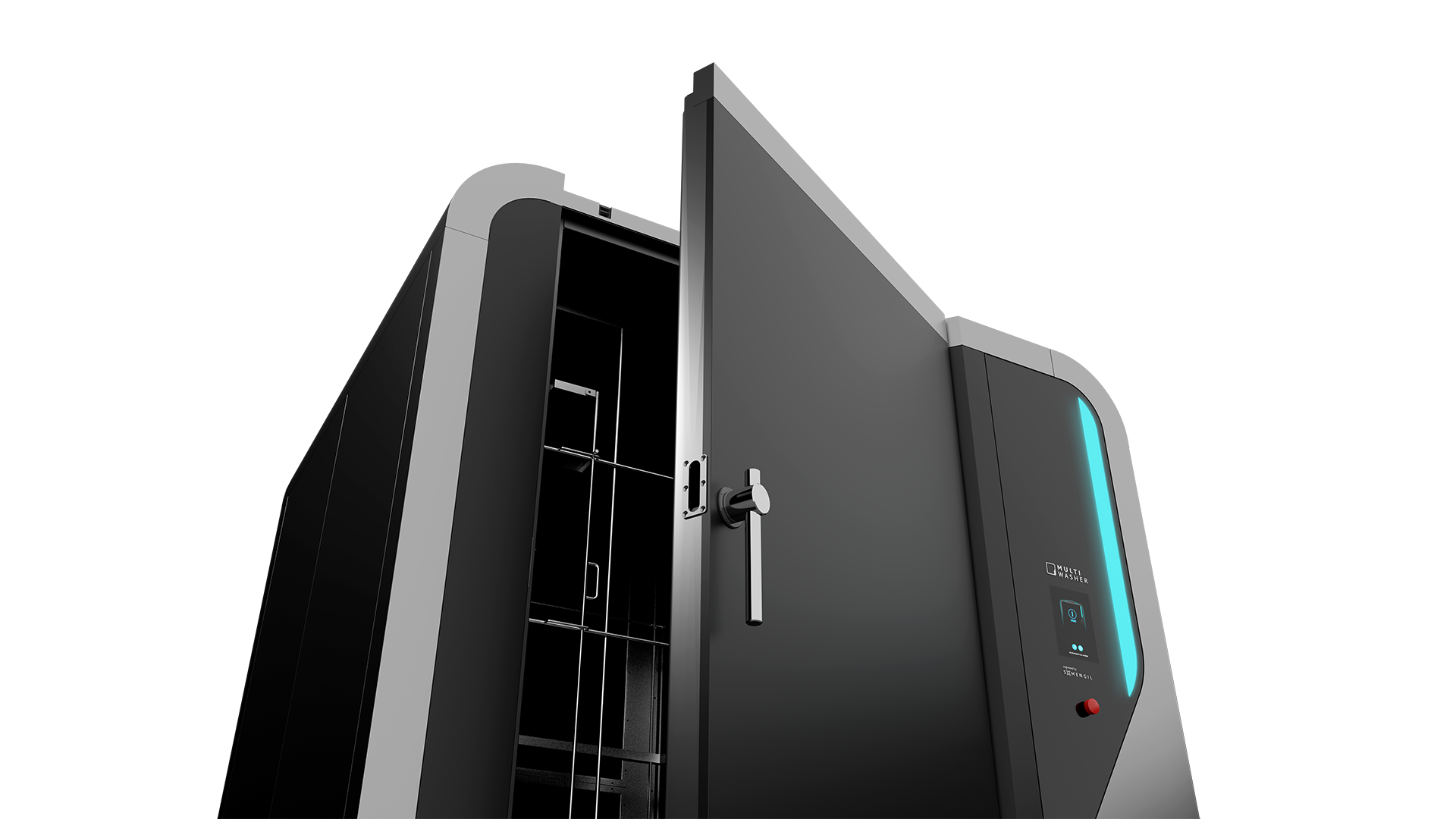
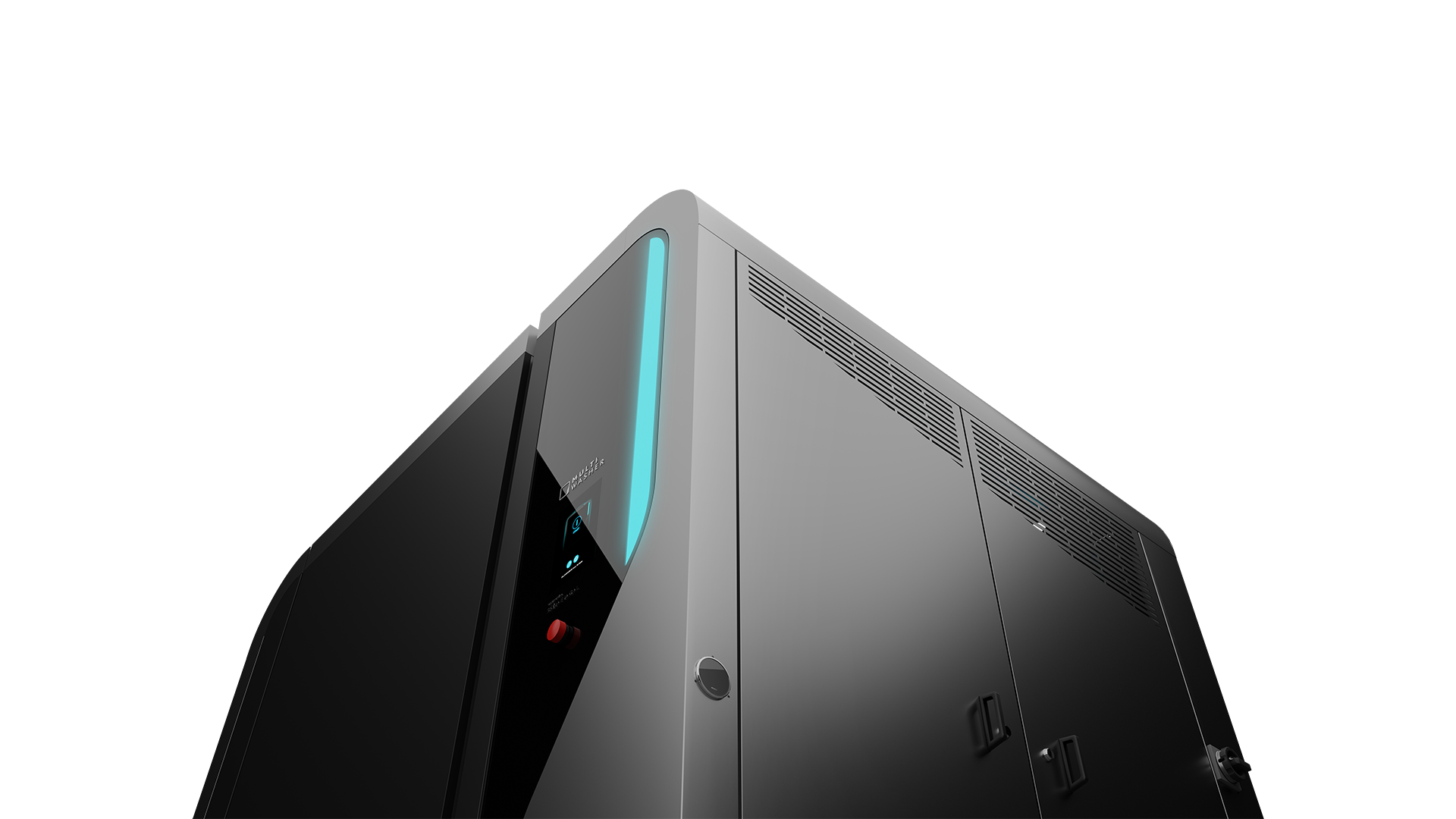
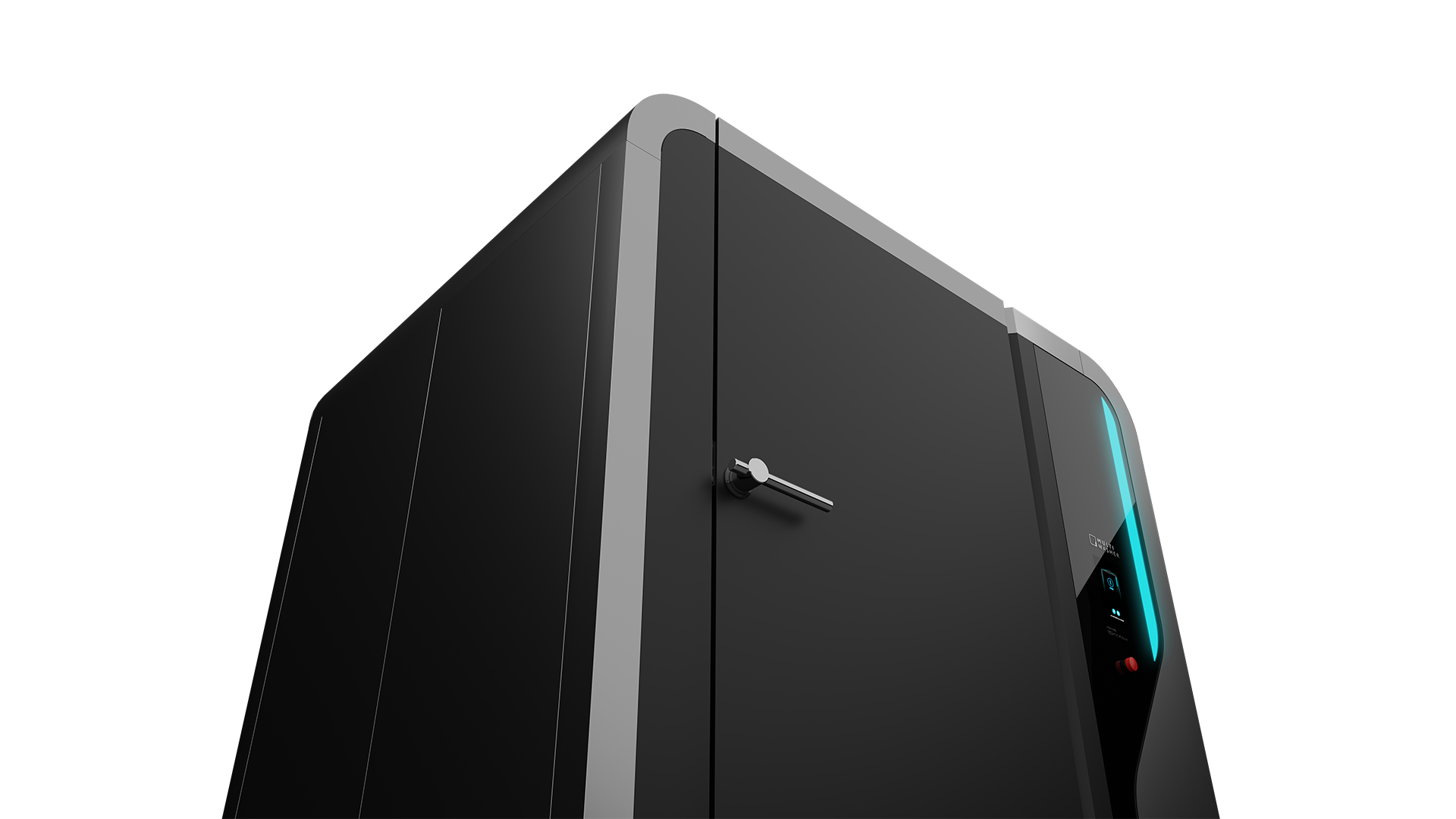
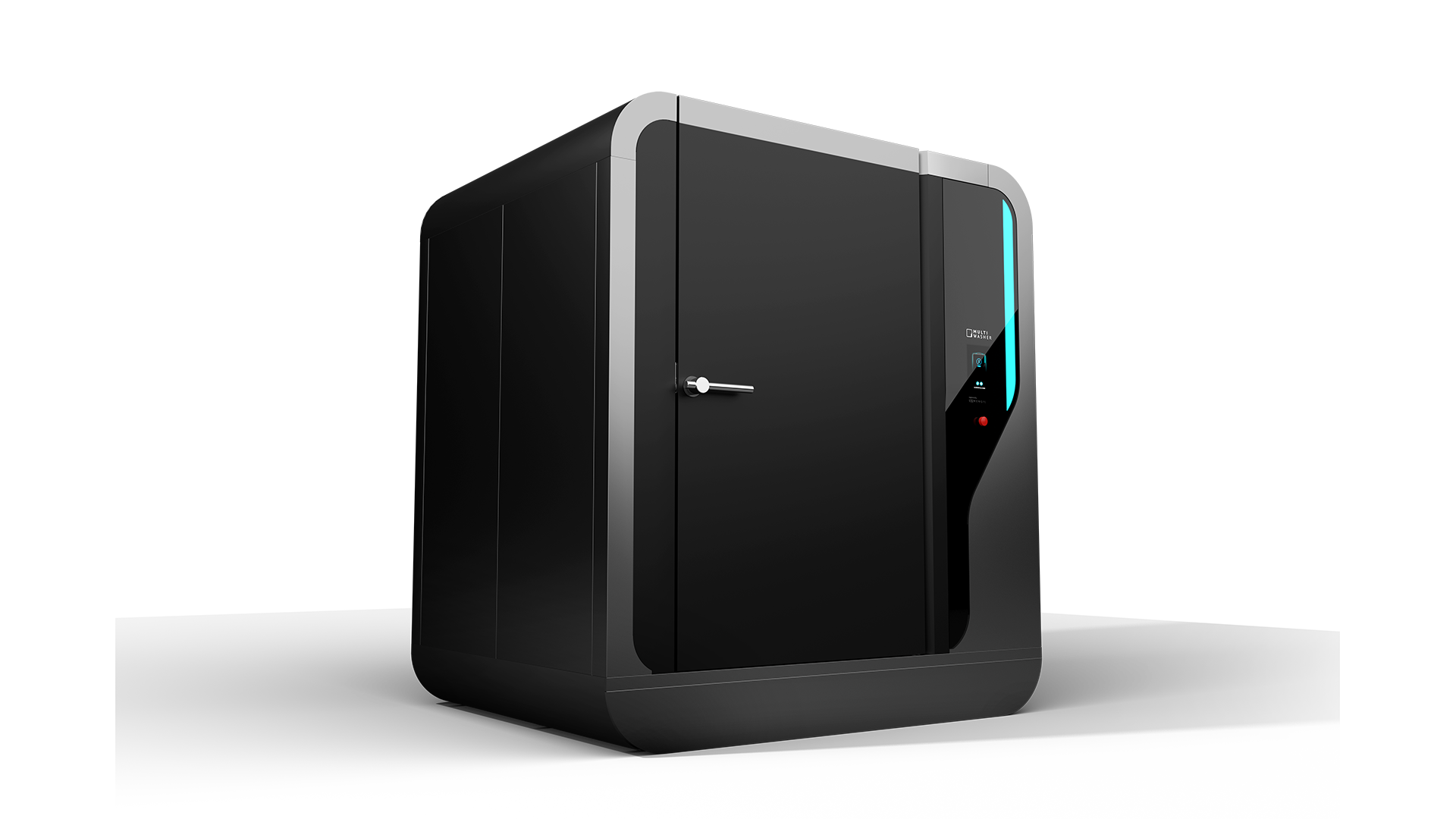
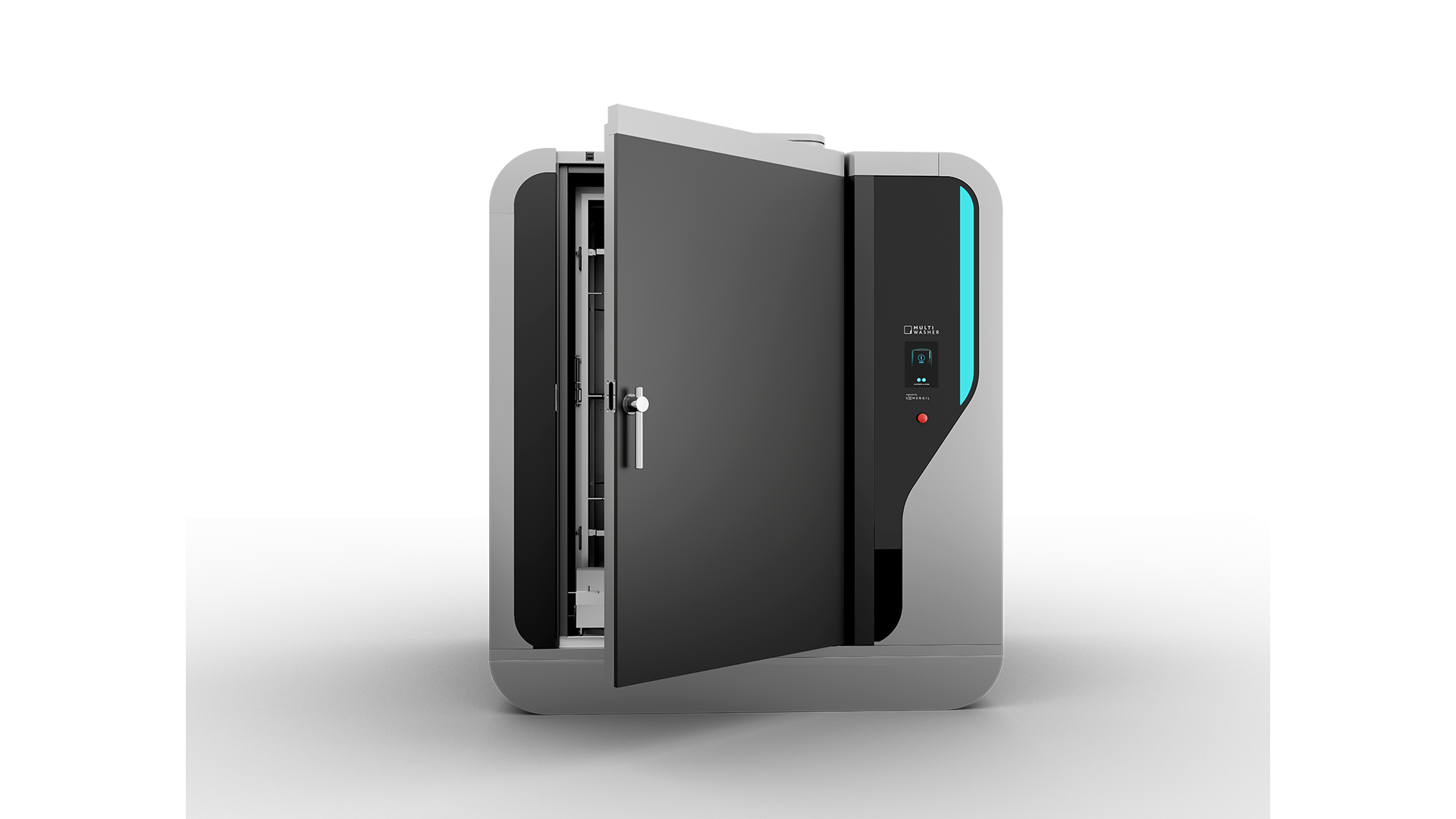
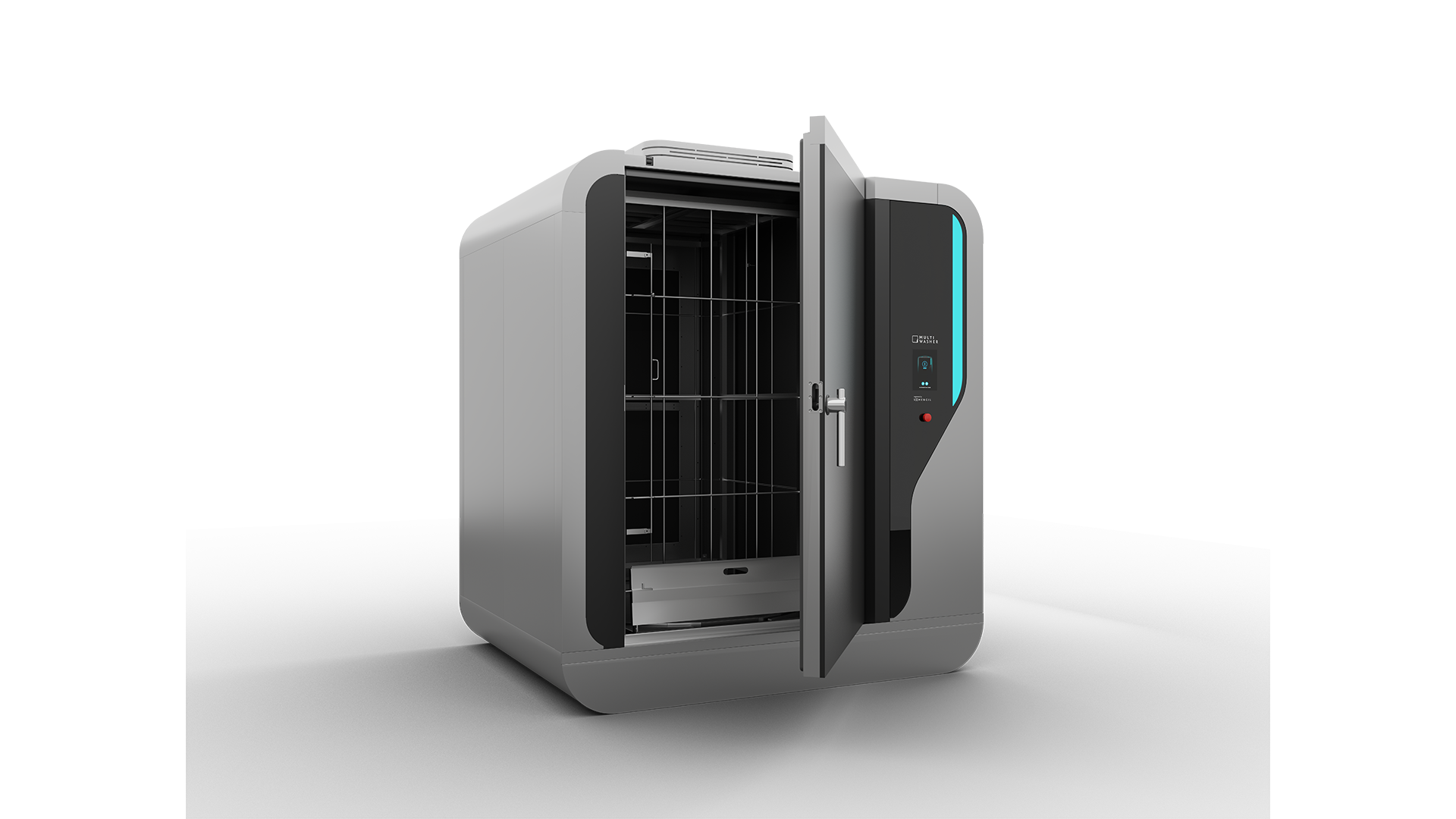
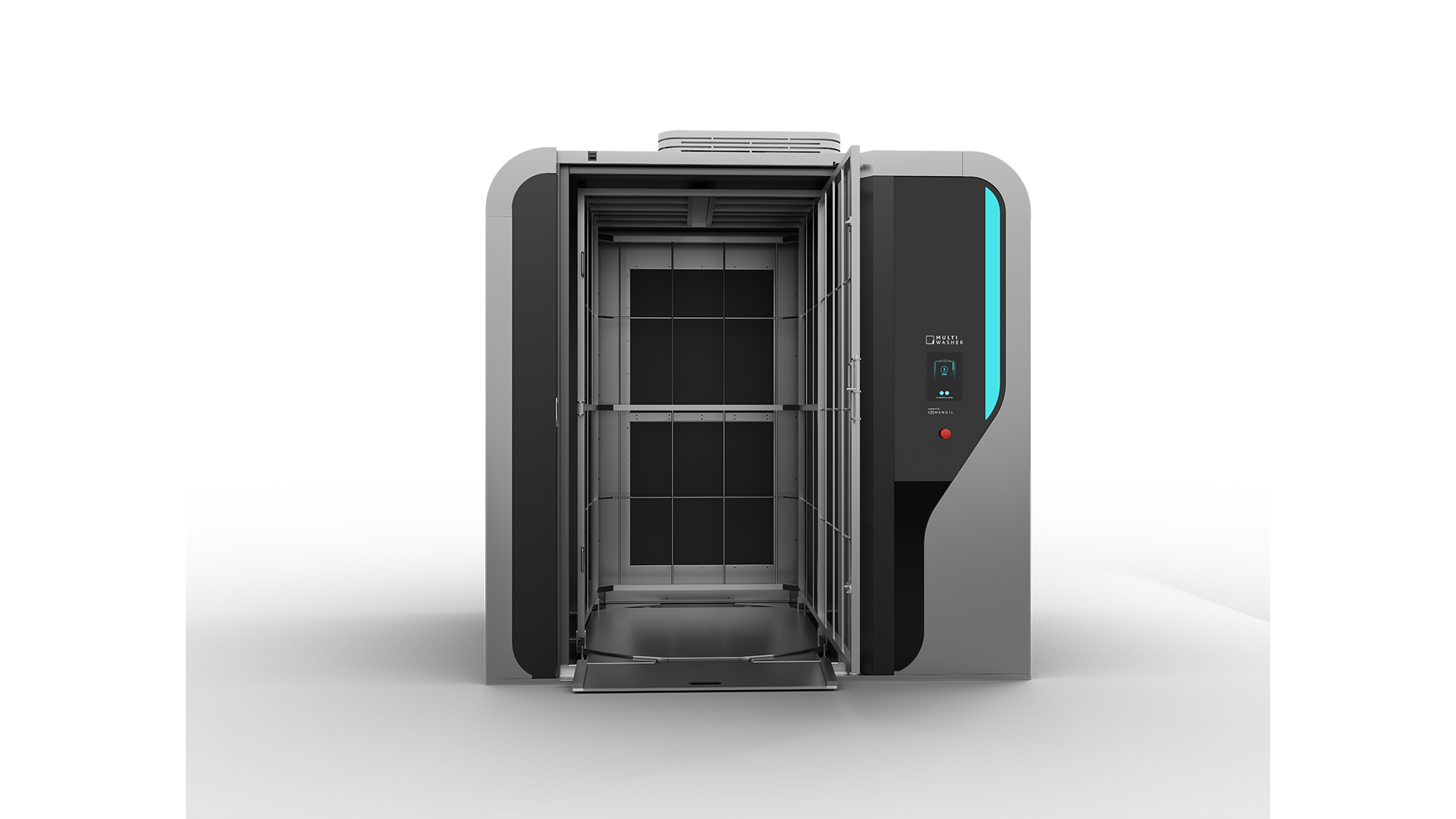
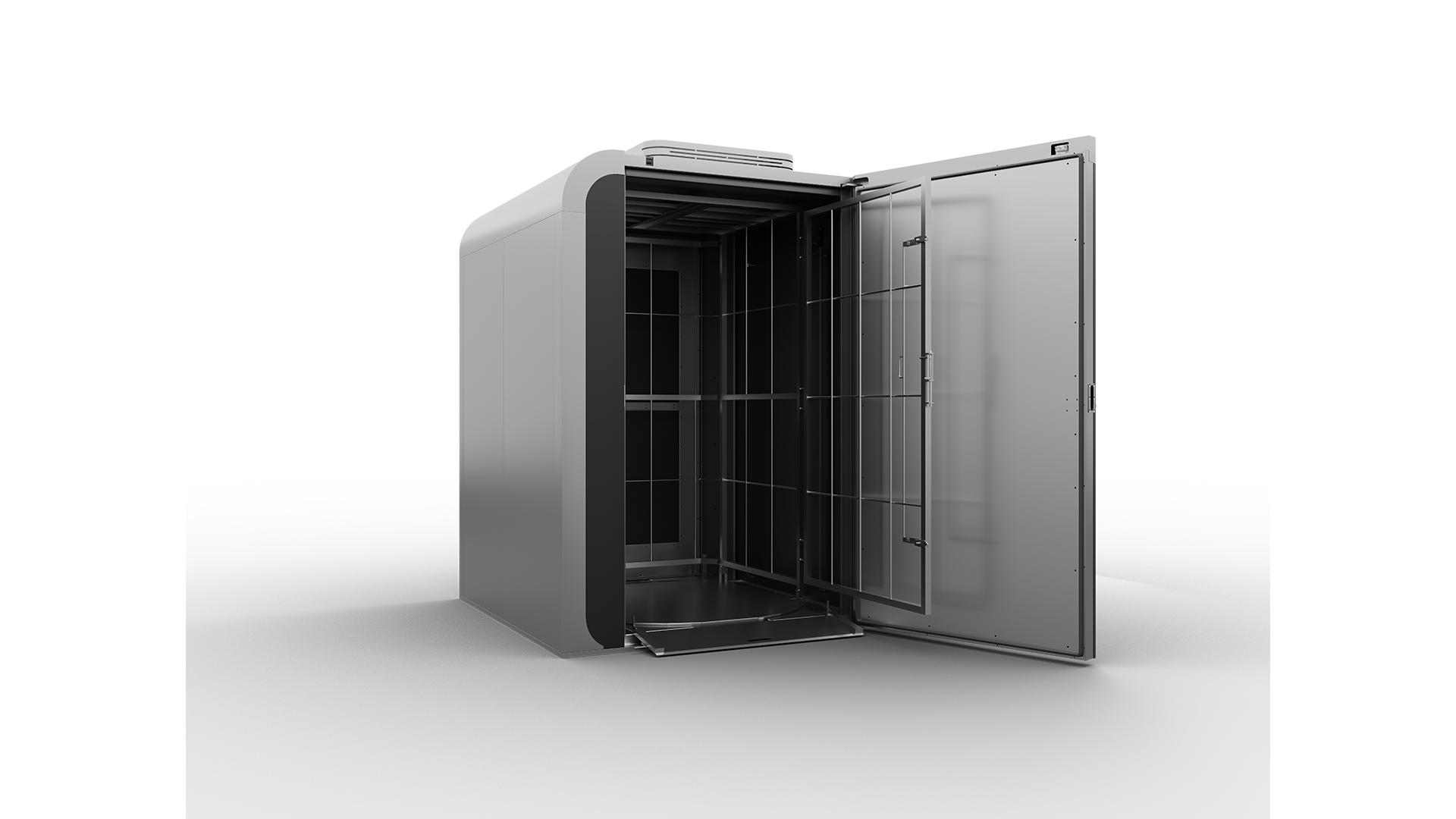
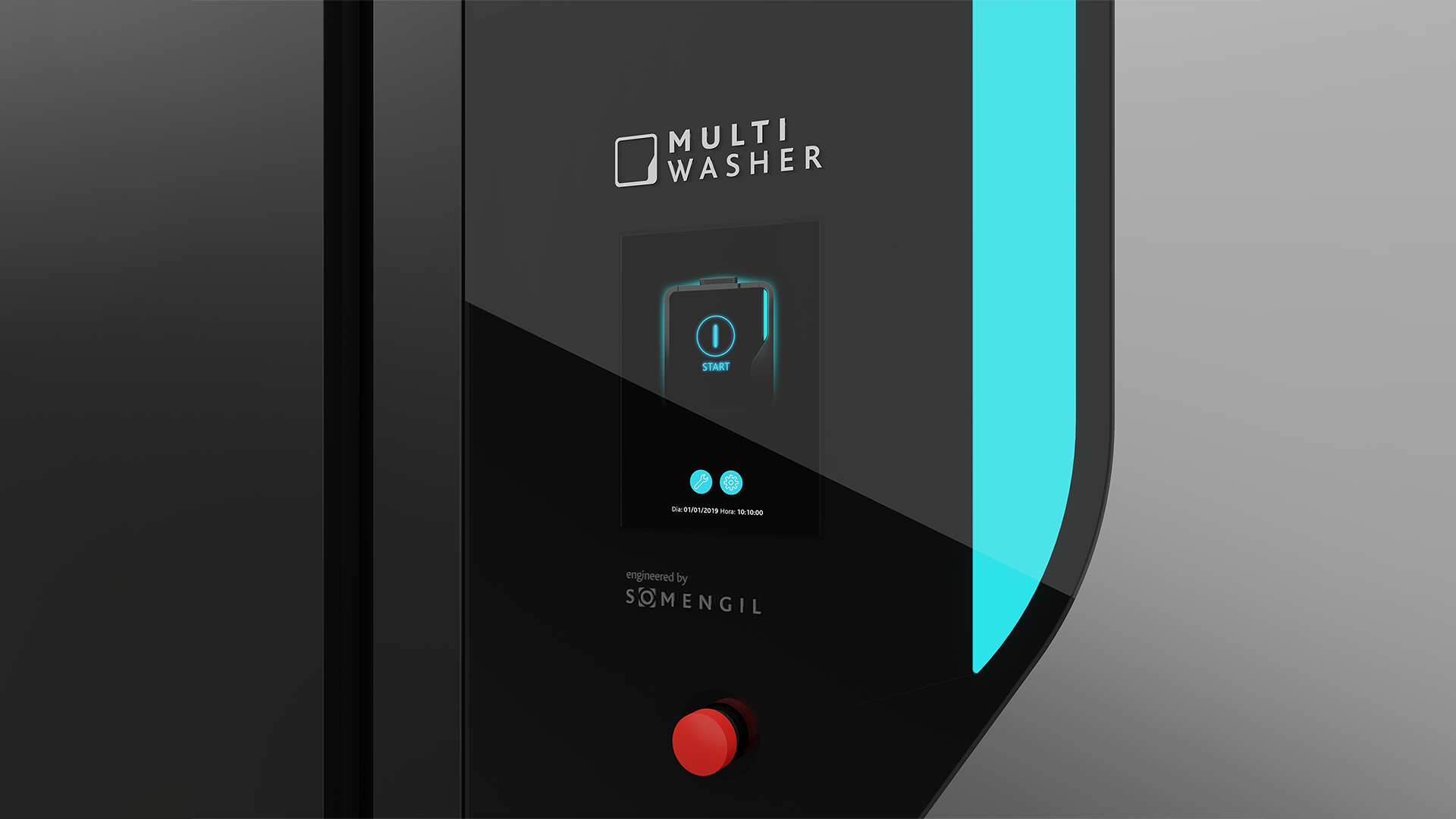
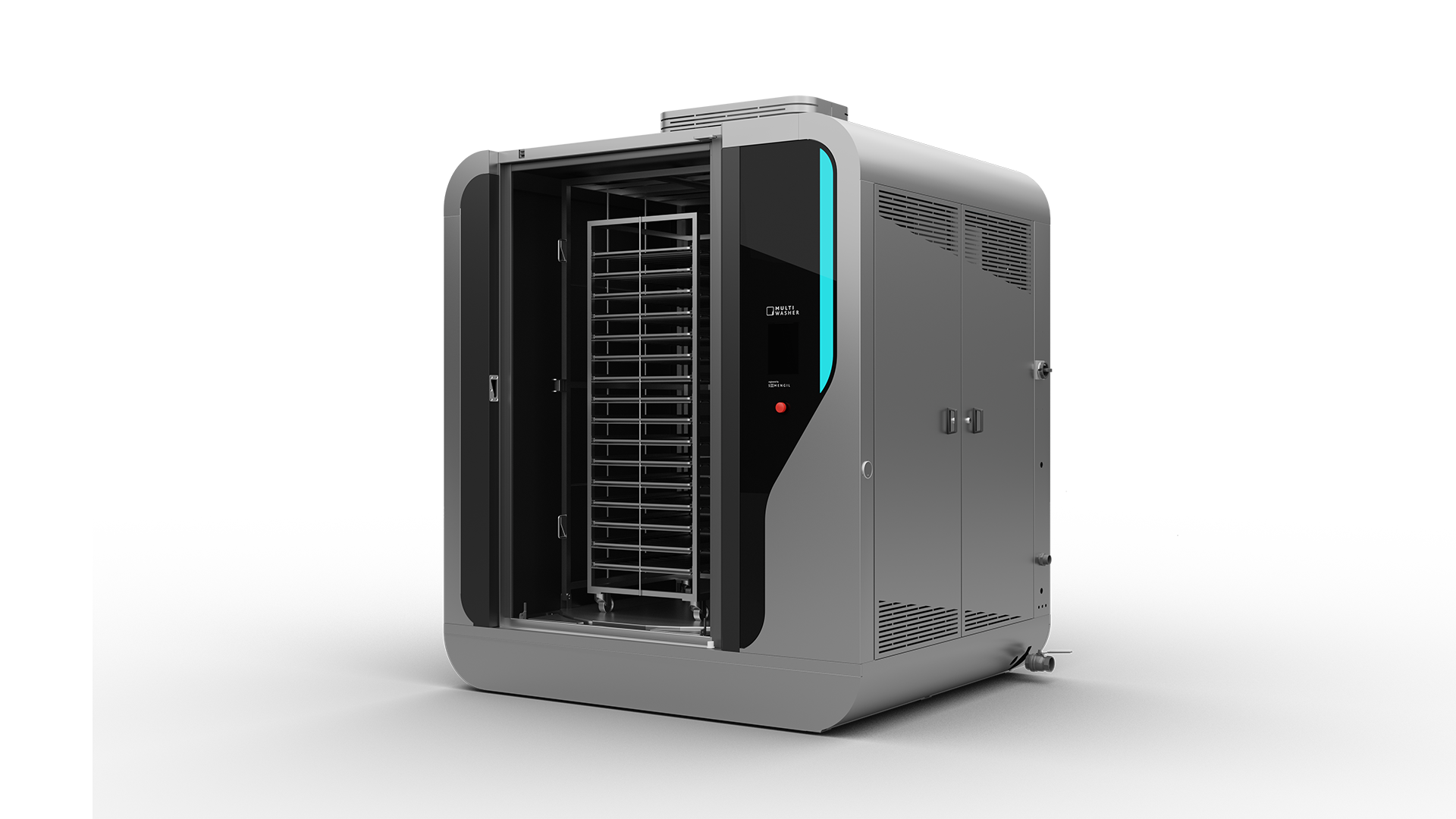
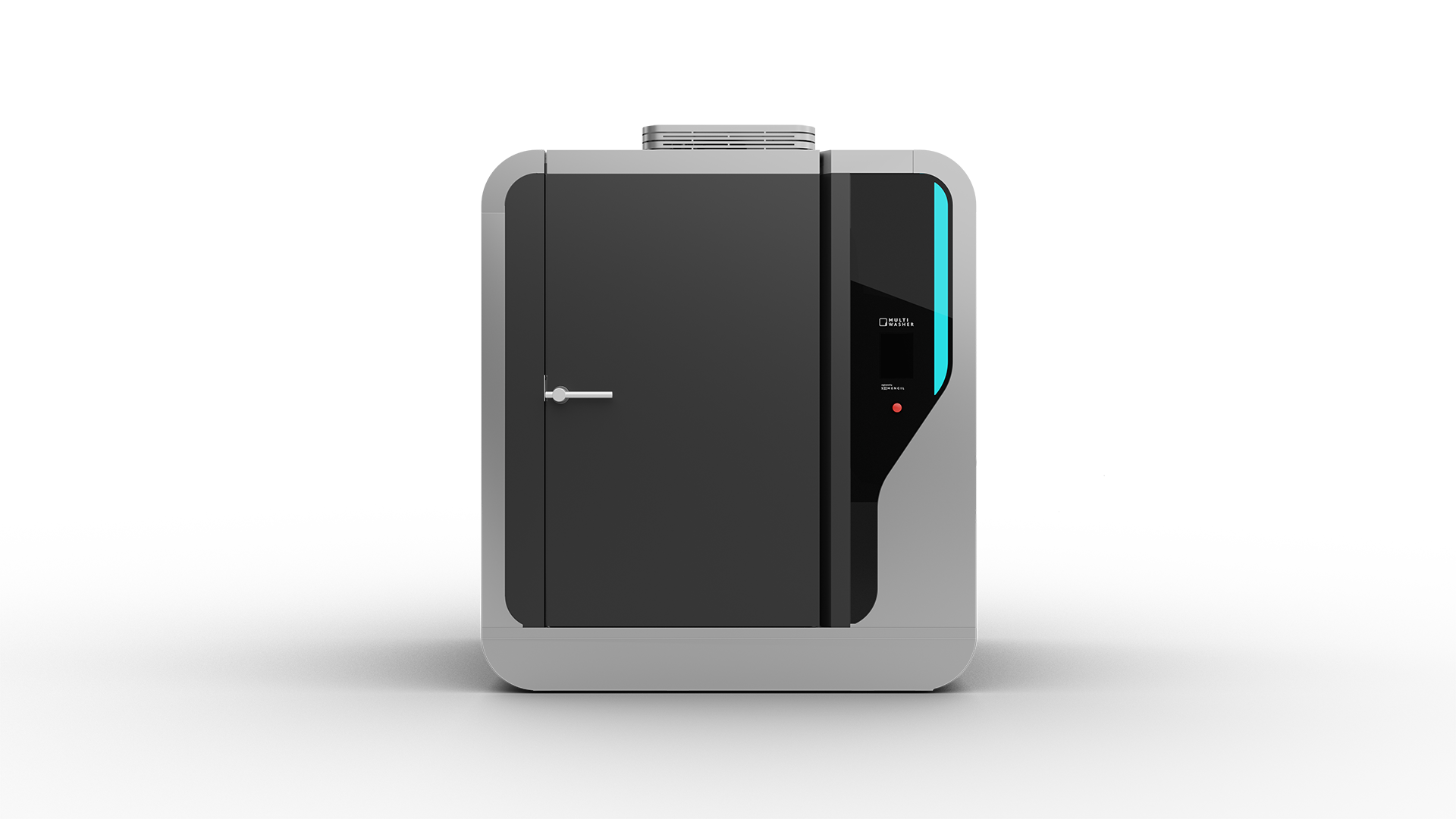

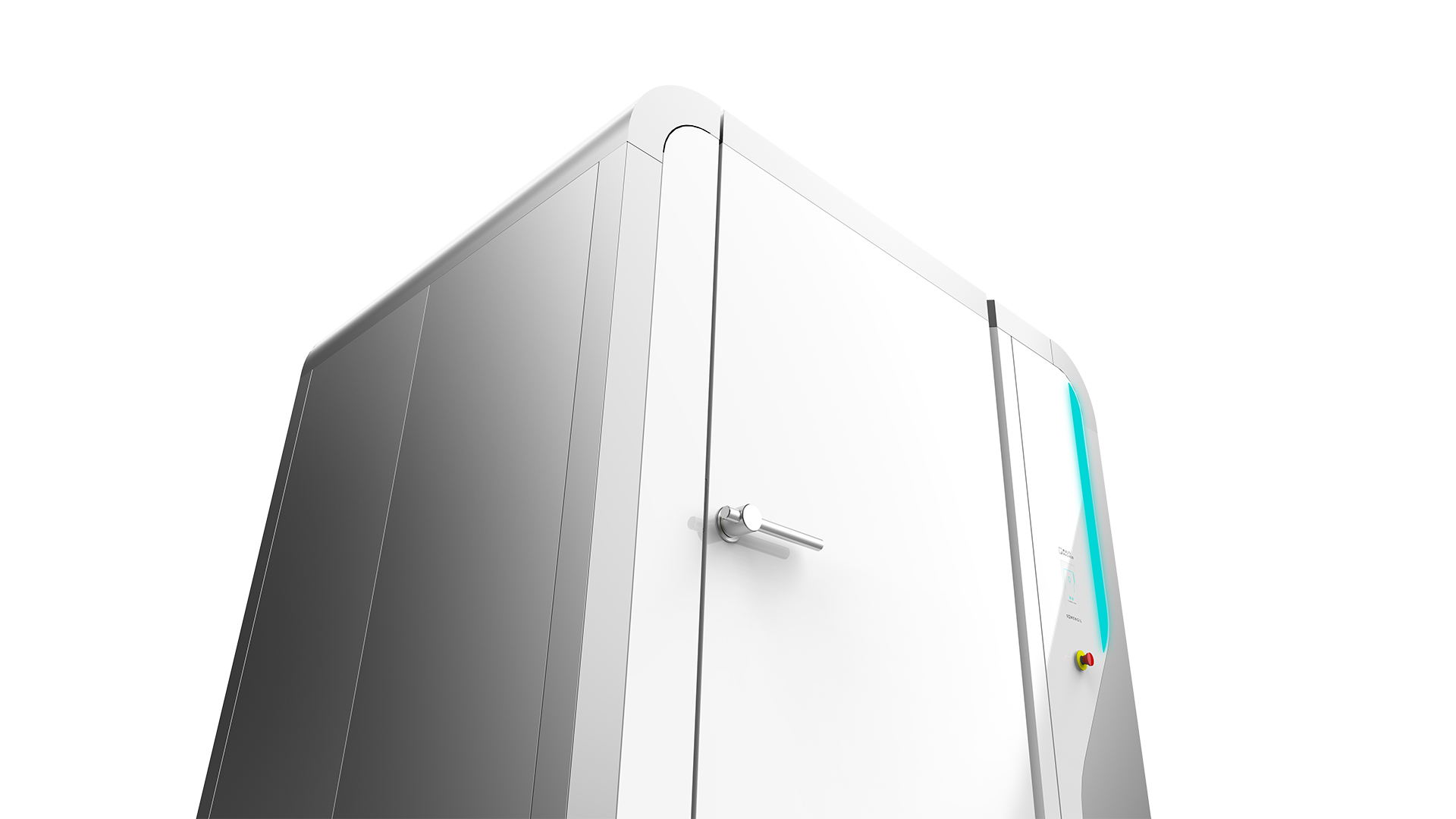
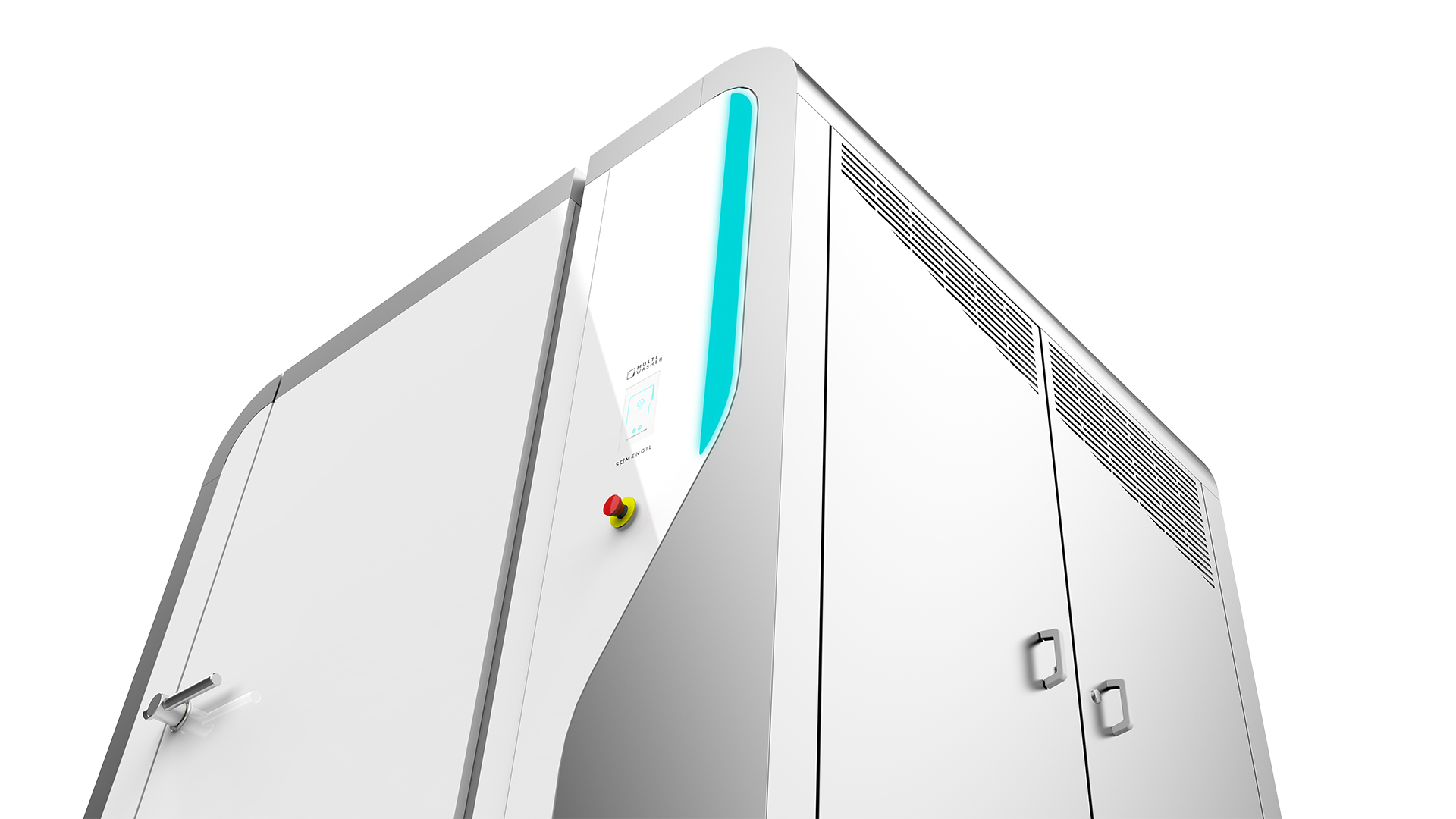
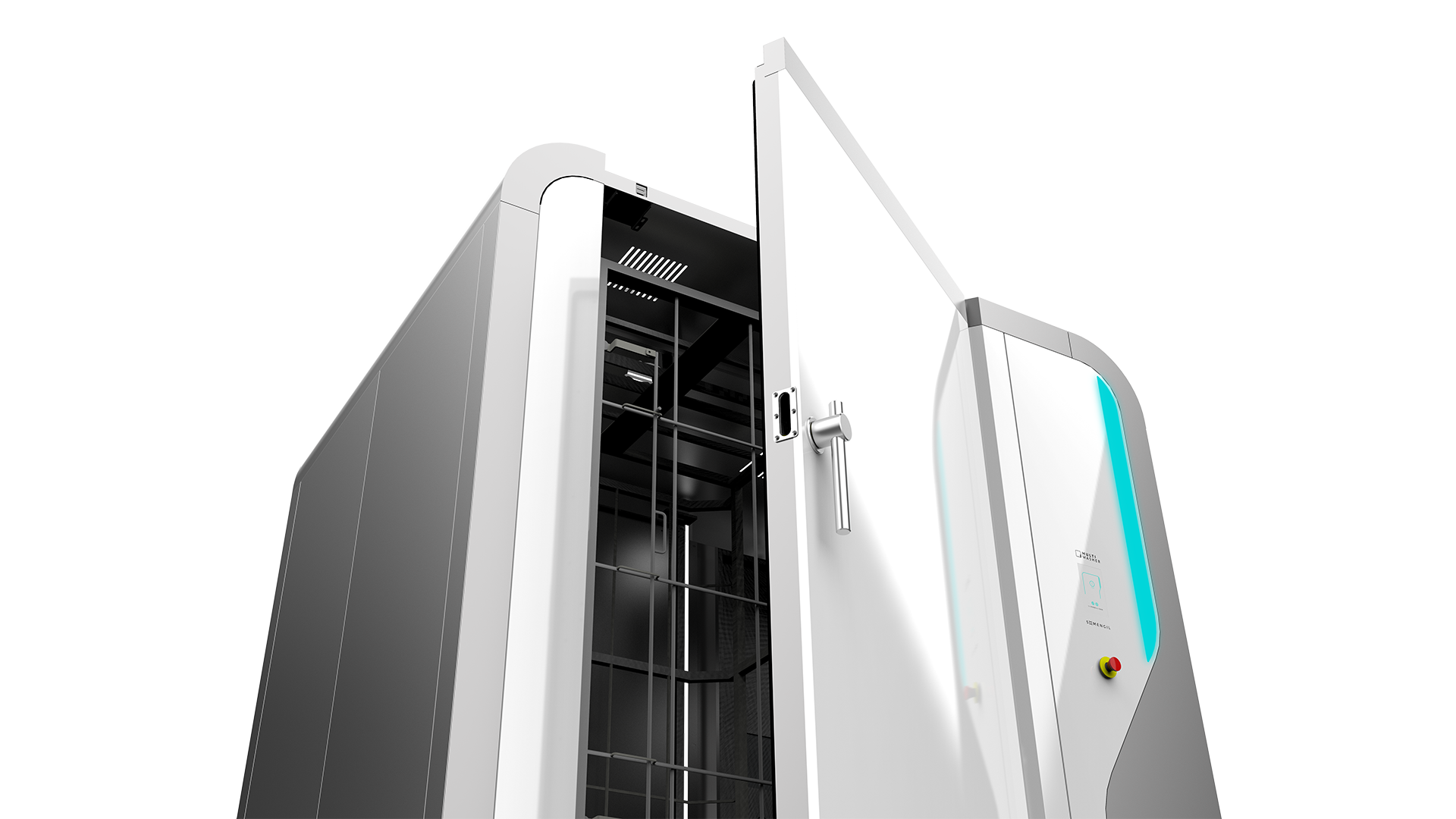
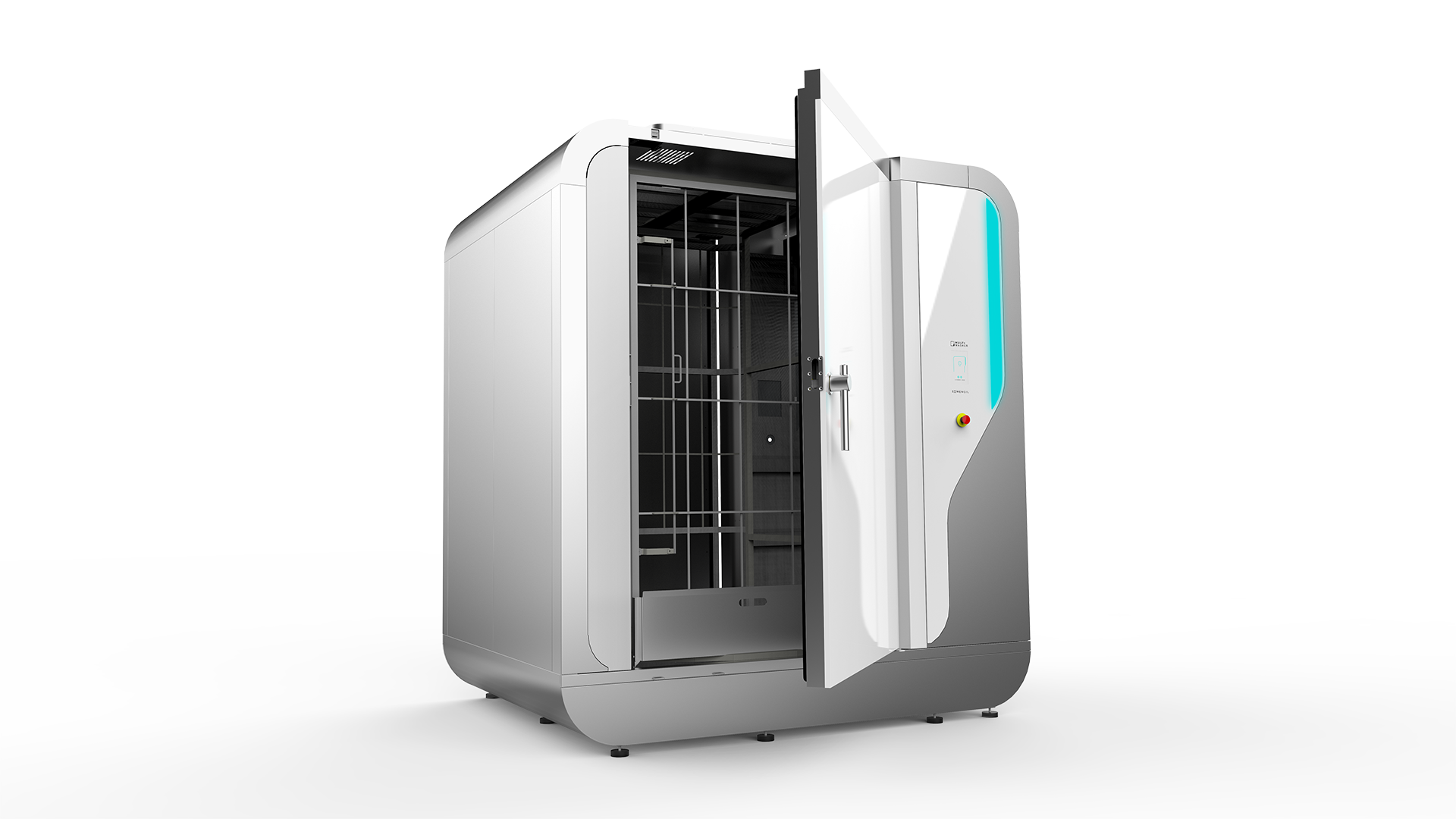
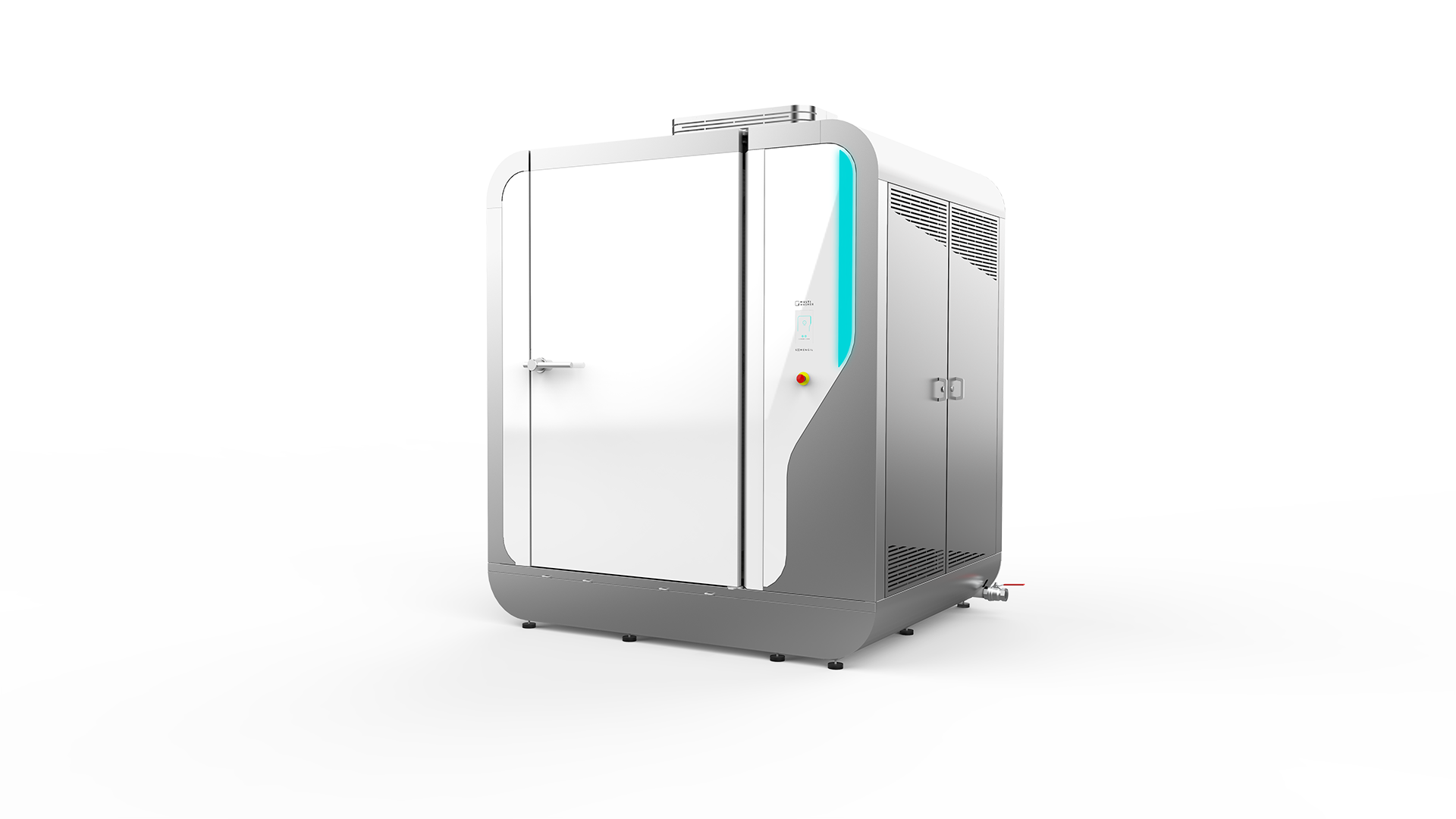
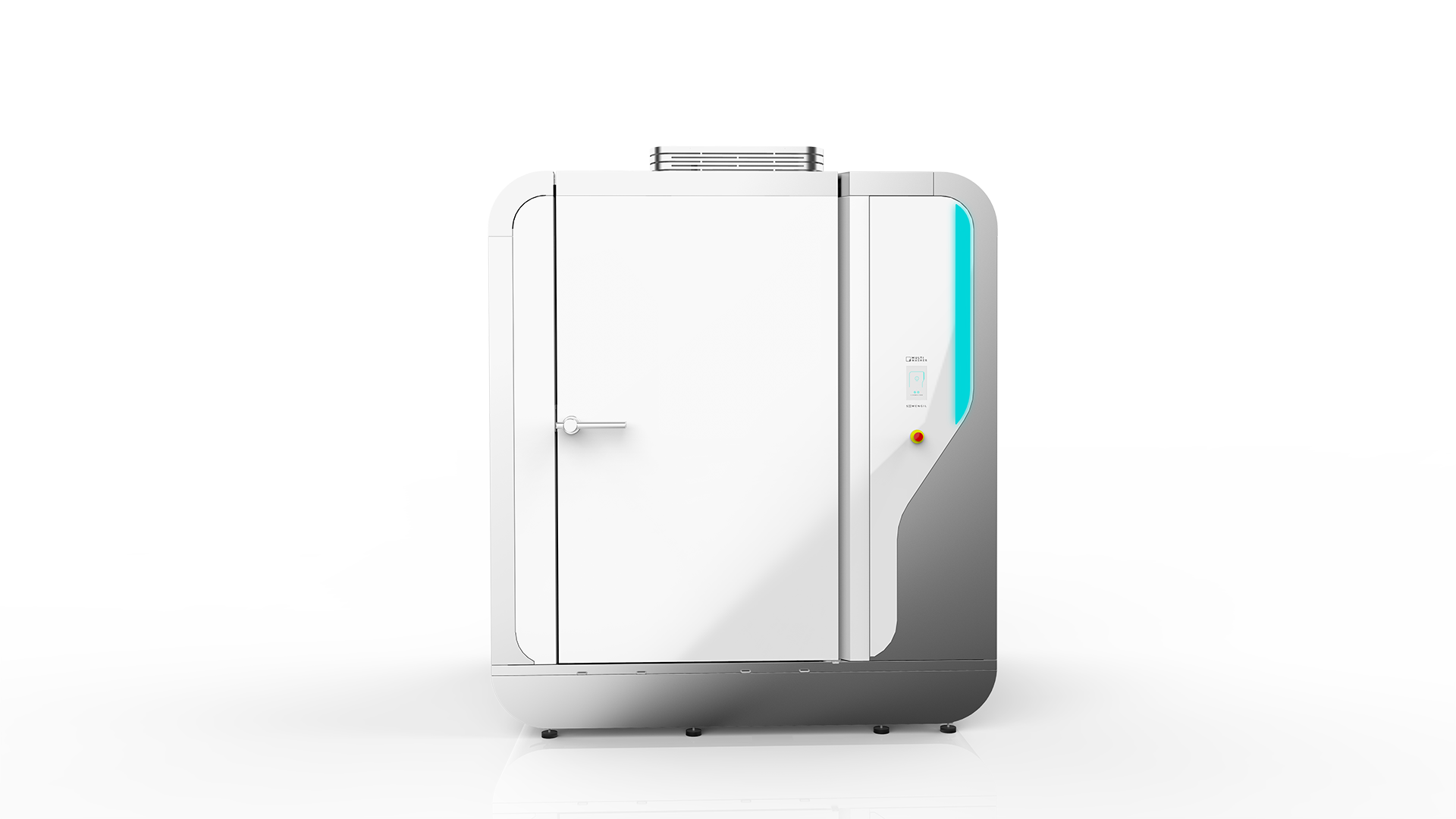
 Portugal
Portugal United Kingdom
United Kingdom United States
United States France
France Spain
Spain Germany
Germany Romania
Romania Italy
Italy Czech Republic
Czech Republic Finland
Finland Hungary
Hungary Slovakia
Slovakia Greece
Greece Lithuania
Lithuania South Korea
South Korea Russia
Russia Saudi Arabia
Saudi Arabia Poland
Poland Brasil
Brasil Hebrew
Hebrew